If you haven’t heard, “Flymph” is the term coined by Pete Hidy to describe the type of pattern that Jim Leisenring developed to imitate the stage between a nymph and an adult. All flymphs are soft hackles, but not all soft hackles are flymphs. I have been grabbed and hooked by the world of the flymph. I’ve been tying these wonderful little gems quite often lately and there is a relaxing feeling that comes over me when tying this style of fly. It is strange that you can obtain various feelings when just tying different styles of fly patterns. Bill Shuck has been coaching and molding me into a better flymph fly tyer. Bill said, “that this lends credence to Leisenring’s desire to produce something completely in harmony with Nature.”
Below you will find my latest flymphs and a couple of soft hackles. Many of the bodies or abdomens were spun on a Clark Block. I purchased mine from William Anderson at his website. You can also find William’s blocks at Dettes Trout Flies.
-Paul
This is my Sulphur Flymph where I experimented with the abdomen to achieve just the right effect. Pale yellow wool and Pale yellow rabbit and dyed Dark Brown Hare’s Poll spun on Primrose Silk on a Clark Block.
The Cinabar Flymph is the late Mark Libertone’s creation. The body and ribbing on this fly is what makes it impressive. Cinnamon colored bear underfur mixed with a little Hare’s Mask of the same color. The body was dubbed on 6/0 Danville tying thread of pale orange color Leisenring fashion. Ribbed with peacock herl and counter wrapped with fine copper wire.
This is a March Brown Flymph using a Pete Hidy recipe.
Swedish fly tyer Johan Klingberg’s Starling and Hare. When I found this on Mark Libertone’s website, I just had to tie up one myself.
The late fly tyer from Roscoe, New York, Ralph Graves used to tie these. So I contacted my friend John Bonasera, a fantastic fly tyer himself. He gave me the information I needed to tie the pattern. I couldn’t be happier with the way it turned out. Ralph used fine gold wire on his to help protect the quills. Instead, I used Deer Creek Diamond Fine UV Resin. I felt it made it even more elegant. Another feature that adds to the beauty, is the Partridge Barbless Sproat Wet hook.
I started calling this flymph Salad Shooter, just so I could reference it in some way. It uses Partridge for the hackle and tail. The body is Spirit River UV2 nymph/caddis dubbing olive spun on a Clark block.
Over at the Flymph Forum there was a thread discussing alpaca fiber. We found when we submerged the alpaca in water that it formed a beautiful hydrofuge. Bubbles formed, if you will. So this is the exact reason why I used alpaca for the thorax of this little soft hackle. The body of this fly is green flashabou wrapped around the shank and covered with Deer Creek Diamond Fine UV Resin. Brown hen is used for the hackle.


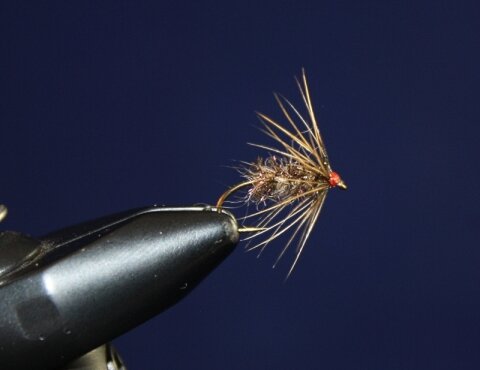
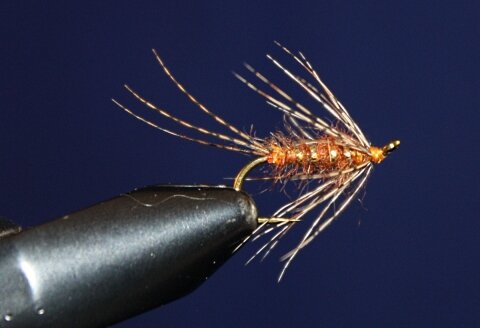
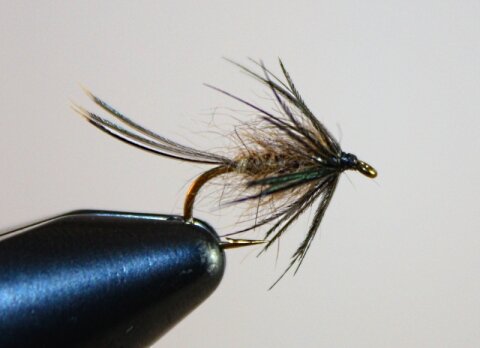


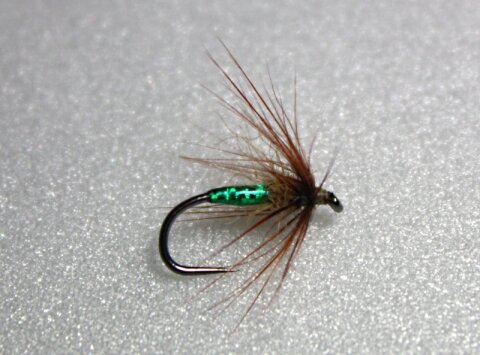

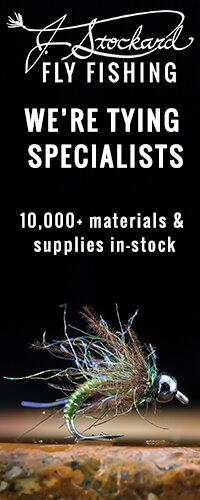

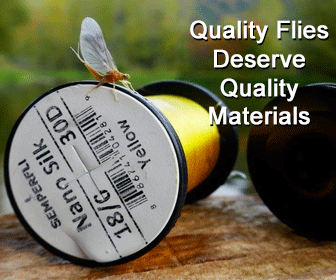

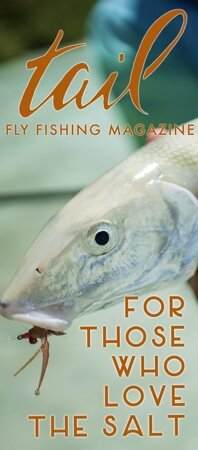
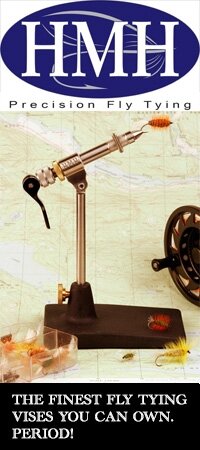

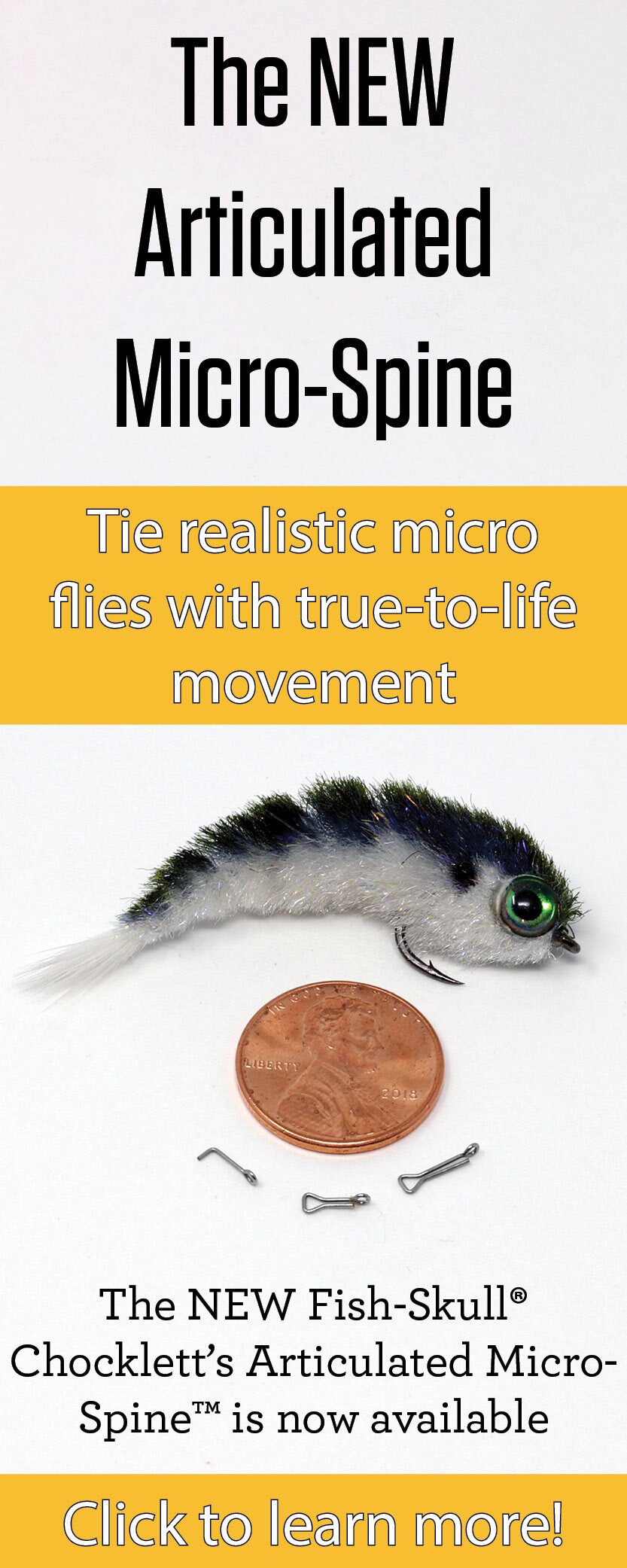

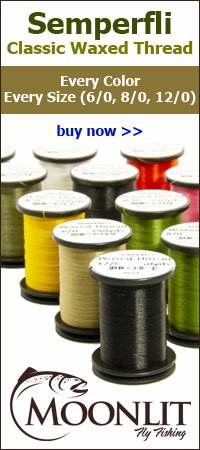
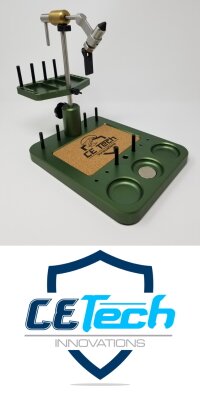



This is a great post, Paul. The photos reflect your continuing development as an accomplished soft hackle tier and proponent of the flymph genre. You have pretty much mastered the distinguishing characteristics of Pete Hidy’s flymph construction, and you have an obvious flair for blending dubbings and spinning them into “just right” bodies. Kudos!
Thank you Bill, I really appreciate you saying that and I can’t thank you enough for helping me get to this stage in my flymph tying. You have been a tremendous mentor to me through this.
-Paul
I love Alpaca dubbing for its spiky look and fish appeal. I had great success over the Easter weekend with bead head patterns concocted with Ice Dub and Alpaca- a killer combination.
That’s awesome Matt and good to hear!
I like it as well!
-Paul
What hook did you use on the Salad Shooter? Thanks for the great post!
Hi Andrew,
I use a Mustad 94842, Size #12.
Thanks,
Paul
I still am not sure of the what constitutes the difference. Pls enlighten me. Thx.
Basically, a flymph is a style of soft hackle.
Thanks,
Paul
A flymph is a soft hackle that is slightly more “buggy” and has longer, more pronounced legs than a common soft hackle.
54>9
The bodies are made using a method of Leisenring’s creation which blended Persal’s Gossamer silk with homemade wax and was spun together with fur fiber and stored in a slotted cardboard card.